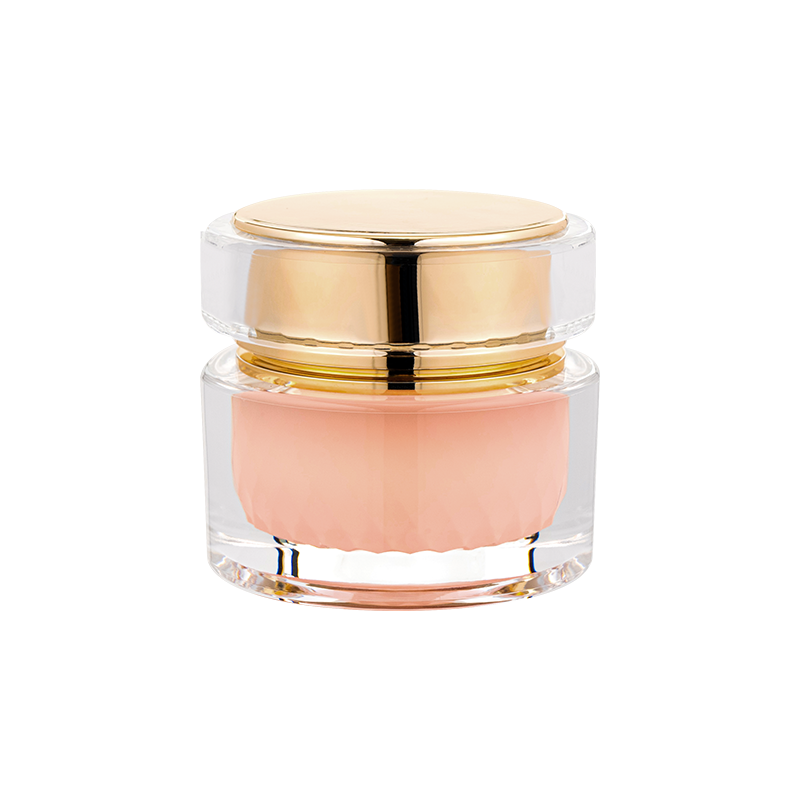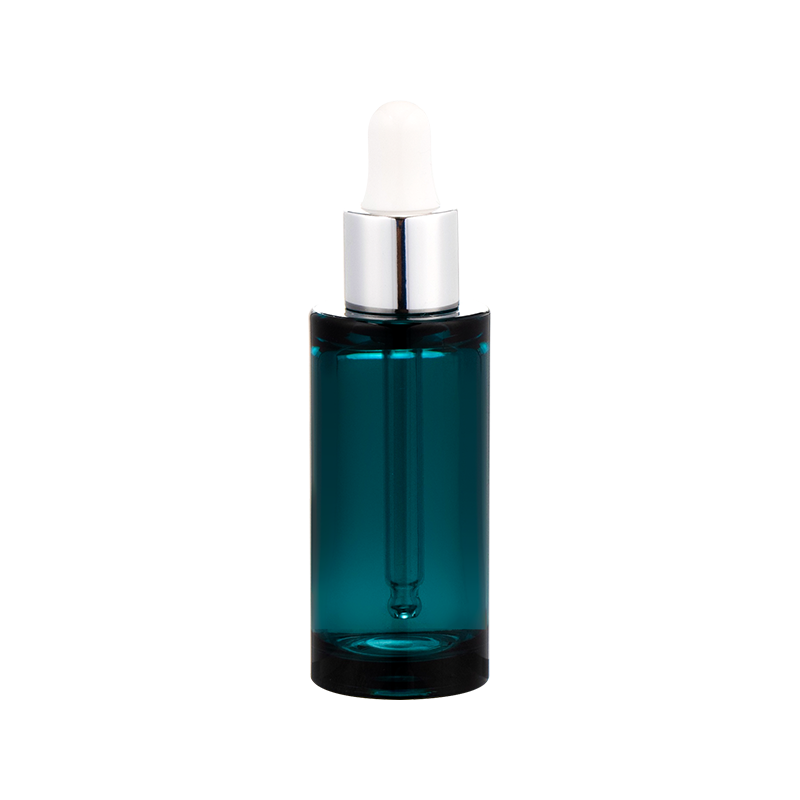Electrochemical Aluminum Mist Spray Pump

1. Appearance quality: shaping the first impression of the product
Appearance quality is the first impression of Cosmetic Plastic Cover, and it is also the basic link of quality inspection. The cover must be complete and full in shape, with a smooth and clean surface. If there are obvious dents, burrs, and burrs, it will not only affect the appearance, but also scratch the user's hands during use. For example, during the production process, if there are slight flaws on the mold surface or uneven pressure during injection molding, burrs or burrs may appear on the surface of the cover. Cracks and perforations are not allowed because they will destroy the structural integrity of the cover, making it difficult to ensure sealing, and external dust, bacteria, etc. are easy to enter, thereby contaminating the contents of cosmetics.
In terms of color, it is required to be uniform, distinct, bright and firm. This is not only to enhance the visual appeal of the product, but also to ensure that the cover will not fade during long-term use and storage, and avoid giving consumers the illusion of product deterioration due to color changes. The purpose of using common solvents such as water and alcohol to wipe without fading is to test the firmness of the coating on the surface of the cover to prevent the liquid in the cosmetics or the sweat on the user's hands from causing the color to fall off during daily contact, thereby contaminating the cosmetics. For plastic covers with components, the surface of the components must also be clean, complete and intact, without obvious burrs, flash, warping and impurities. As an important part to ensure the sealing, the gasket must be flat and without natural shedding, and its radial gap must also be controlled within a certain range, otherwise it will affect the sealing effect and cause the cosmetics to leak or volatilize. The inside of the finished cover must be kept clean and must not adhere to impurities such as black residue, plastic burrs, and dust, because once these impurities enter the cosmetics, they will directly affect the product quality and harm the health of consumers.
2. Dimensional accuracy: the key to ensuring a tight fit
Dimensional accuracy is crucial for cosmetic plastic covers, and it is directly related to whether the cover and the bottle can fit tightly. The key dimensions of the cover, such as the outer diameter, inner diameter, and height, must be highly consistent with the design drawings, and the tolerance range is strictly limited. Once the size deviation is too large, a gap will appear between the lid and the bottle body, resulting in a loose seal, easy leakage of cosmetics, and affecting the storage and use of the product. During transportation, bumps and vibrations may cause the lid to fall off due to inappropriate size, resulting in waste and pollution of cosmetics.
To ensure dimensional accuracy, high-precision mold manufacturing is the key in the production process, and the dimensional accuracy of the mold directly determines the size of the plastic lid. At the same time, strict production process control is also indispensable, and parameters such as temperature, pressure, and time during injection or compression molding are accurately controlled to ensure the stability of the size of each lid. In the quality inspection process, precision measuring instruments such as calipers, micrometers, and projectors are used to measure and verify the size of each lid one by one. Only lids that fully meet the size standards can enter the next process.
3. Physical properties: a solid barrier to resist external forces
In terms of physical properties, cosmetic plastic lids need to have sufficient strength and toughness. During daily use and transportation, the lid may be squeezed, collided, and dropped by various external forces. For example, during the transportation of cosmetics, the stacking of boxes may squeeze the internal cosmetic packaging. If the plastic cover is not strong enough, it is easy to break, causing the cosmetics to leak. During the use of consumers, if the cosmetics are accidentally dropped, if the cover is not tough enough, it may also be damaged.
In addition, the plastic cover should also have good wear resistance and scratch resistance. Cosmetics are usually placed in various environments and have more opportunities to contact other objects. If the surface of the cover is easily scratched, it will not only affect the appearance, but also may hide dirt and bacteria in the scratches, affecting the quality of the cosmetics. Good wear resistance and scratch resistance can enable the cover to maintain the integrity of the appearance after long-term use, and always present a good visual effect.
Fourth, chemical properties: principles to ensure compatibility of ingredients
The requirements for chemical properties are to ensure that the plastic cover of cosmetics and the contents can "coexist harmoniously". Cosmetics contain a variety of chemical ingredients such as oils, fragrances, preservatives, etc. The materials used for the plastic cover must have good tolerance to these ingredients and cannot react chemically with them. Once a reaction occurs, the cap may deform or dissolve, which will not only destroy the structure of the cap, but also cause harmful substances to be released into the cosmetics, affecting the quality and safety of the product.
Parts such as the inner plug or gasket that are in direct contact with the contents must comply with relevant food hygiene and safety standards. The content of harmful substances such as lead and potassium permanganate consumption is strictly controlled within the prescribed limit range to ensure the safety of consumers. If these harmful substances exceed the standard, they may come into contact with the skin or enter the human body during the use of cosmetics, posing a potential threat to the health of consumers.
V. Sealing: The core line of defense to protect quality
Sealing is undoubtedly the top priority of the quality requirements of cosmetic plastic caps. A well-sealed plastic cap can effectively prevent cosmetics from leaking and volatilizing, and maintain its stability and effectiveness. In quality inspection, there are many ways to test the sealing of plastic caps. Fill a certain amount of content into the bottle that matches the cap to the standard capacity, then seal the cap, and conduct a horizontal or inverted test to observe whether there is seepage or leakage within a certain period of time. This method can intuitively detect the sealing effect of the cap under normal placement. The assembled bottle caps and bottle bodies will also be placed in a vacuum electric heating drying oven for sealing tests to simulate different environmental conditions and check the sealing performance of the caps under special environments such as high temperature and low pressure. Only cosmetic plastic caps that pass these strict sealing tests can ensure that the quality of cosmetics can be maintained under various storage and transportation conditions, so that consumers can use them with confidence.
The strict and meticulous quality requirements for cosmetic plastic caps are to ensure the quality, safety and consumer experience of cosmetics. From appearance to internal performance, the control of every link cannot be underestimated. These requirements together build a solid line of defense to ensure that cosmetic plastic caps can play an important role in cosmetic packaging and escort the healthy development of the cosmetics industry.

What are the differences between Cream Jar and Lotion Bottle and what are their characteristics?

How does PETG Drooper Bottle protect the liquid in the bottle with its high impact strength and toughness?
News Categories
Recent Posts